You are researching your ancestor in a new location. Unless your ancestor moved from the upstairs bedroom to the downstairs bedroom, there’s the chance she crossed a political boundary. Crossing that boundary means: Learning about these things in the new location will help your research. Don’t assume that the address was the only thing that changed when your ancestor moved.
For twenty years, it seemed as if my ancestor Ira Sargent was dropped off by a UFO in Hancock County, Illinois, in 1880. Turns out he wasn’t. He was in the 1850 and 1860 United States Census listed under the last name of his step-father–whom his mother had married in 1849. Until I discovered the last name of the step-father, I was unable to find Ira. Is it possible that your UFO ancestor wasn’t dropped off by aliens but was instead listed in records as a child under his (or her) stepfather’s last name? And that the first time they used their “birth name” in a record was when they married?
Part of genealogical research is evaluating what you have and altering conclusions when new and more reliable information warrants. Early in our research when we are inexperienced, it can be tempting to rely too much on family information. It can also be easy to rely on incomplete information–especially before we learn that “official” records can be incorrect or inconsistent. And sometimes DNA and other information will cause us to re-evaluate what we thought was true even when we had a number of records and completely analyzed them. My children’s great-great-grandfather (father of their great-grandmother) has morphed through many iterations over the nearly thirty years that I have researched him–always because I have located new information: And so it goes. Don’t be afraid to admit you were wrong, but […]
Plenty of original records are in bound volumes without page numbers. Frustrating as it is, researchers whose work extends before 1900 will encounter volumes with pages that have no numbering to them at all. The citation to this record needs to include enough detail so that you or someone else can easily find the record again. Don’t just make a copy without thinking about how you located the record. How did you find the record in the first place–were you in the births for 1850, the deaths from 1823, etc.? Were the entries within a specific year numbered? If you were using microfilm or digital images, were the images numbered? Your citation does not have to be in “perfect” form, but include enough detail so the record can […]
If there are two witnesses to a marriage and you can “figure out” who one of the witnesses is, consider the possibility that the other witness was the significant other of the first witness. Or the other witness could just be a friend of the couple of which you are unaware.
There are two transactions recorded in the land records of Albermarle County, Virginia, in 1751 where Peter and Elizabeth Rucker are the grantors and John Gough is the grantee. The property is 463 acres in Albemarle County on Harris Creek. Both land transactions have the metes and bounds description of the same piece of property. The text of the documents is different and the second one is longer. The first is dated 10 November 1751 and the second is dated 11 November 1751. They both have the same four witnesses: William Miller, David Rosser, John Rucker, and George McDaniel. Elizabeth signed her mark on both documents. They were acknowledged on 12 November 1751 in court by Peter and Elizabeth. On the second document, Elizabeth was examined privately by […]
In some denominations, the minister would take the church records with him when he moved to another congregation. This is more likely to happen in frontier churches and in denominations that tended to keep less detailed records. Catholic priests tended to not do this, but there are exceptions. As a result, the records may be in the last church the minister ministered at, the hands of a descendant of the actual minister, a historical society or library that happened to obtain the records (local, regional, or statewide), or somewhere else. You may even want to reach out to the national denominational organization to see if they have an archives or know where the records are. Any of these places could be quite a distance from where the actual church […]
That relative of yours who was an only child and had no descendants? Have you researched to see how their estate was settled after they died? While there are variations depending upon time period, location, and how much property they had, their estate settlement could provide significant genealogical information. If they had no will, the estate settlement could mention cousins, where those cousins lived, and how those cousins were related (depending upon the place and time). Even if there was a will, those cousins would have been heirs and may have been given legal notice regarding the estate. Either way the records of the settlement could provide significant genealogical clues. In the United States, situations of this type tend to be more helpful from the 19th century moving […]
When I’m stuck on a family, I ask myself: am I sure I have found all the easy ones? Sometimes I have and then the work is more difficult. But other times there are easier members of the family to find and sometimes finding those individuals can provide me with additional information to help find the others. These “easy pickings” include: These approaches won’t always work. No approach always works. But it’s always good to ask if there’s a close relative to your “problem person” who might have left better records. Genealogy Tip of the Day book is here and it’s not written to help you research your “famous ancestors.” It’s written to help with all of them. Learn more about it and get your own copy. Upcoming events:
Is it possible that relative you can’t find “returned home” in their old age? A relative of mine left Illinois in the 1870s with his family in his thirties, living in Colorado and New Mexico. Sometime after the 1910 census, he returned to Illinois where he had some relatives still living (mostly cousins but no siblings or nieces or nephews) and eventually died. Why he returned I don’t know, but his children were scattered throughout New Mexico and the western United States.
I’m really excited to be offering a webinar on DeedMapper again. We’ll have examples from a variety of states and the software takes the pain out of platting properties that are described in metes and bounds. There’s more information in our announcement.
When making copies or digital images from a print book, make certain that you copy more than just the page that has your ancestor’s name on it. You also should copy: You’ll be glad you did later.
We’ve released my new Ostfriesen Genealogy webinar. Details are on our announcement page. If you purchased and did not receive the download, please email me at the address given in your receipt.
When records on an ancestor fail to provide information as to his origin, look closely at those records in which he appears shortly after his arrival in the area. Who else is mentioned in those records? When an ancestor is still “new to the area,” he’s the most likely to interact with people he might have known before he moved or with whom he had a connection before he settled in that new area. Research those people he interacted with during his early years in the location. The longer an ancestor lives in an area the more likely he is to know and interact with people he did not know “back home.” It’s those people from back home who could help you find your ancestor’s origins.
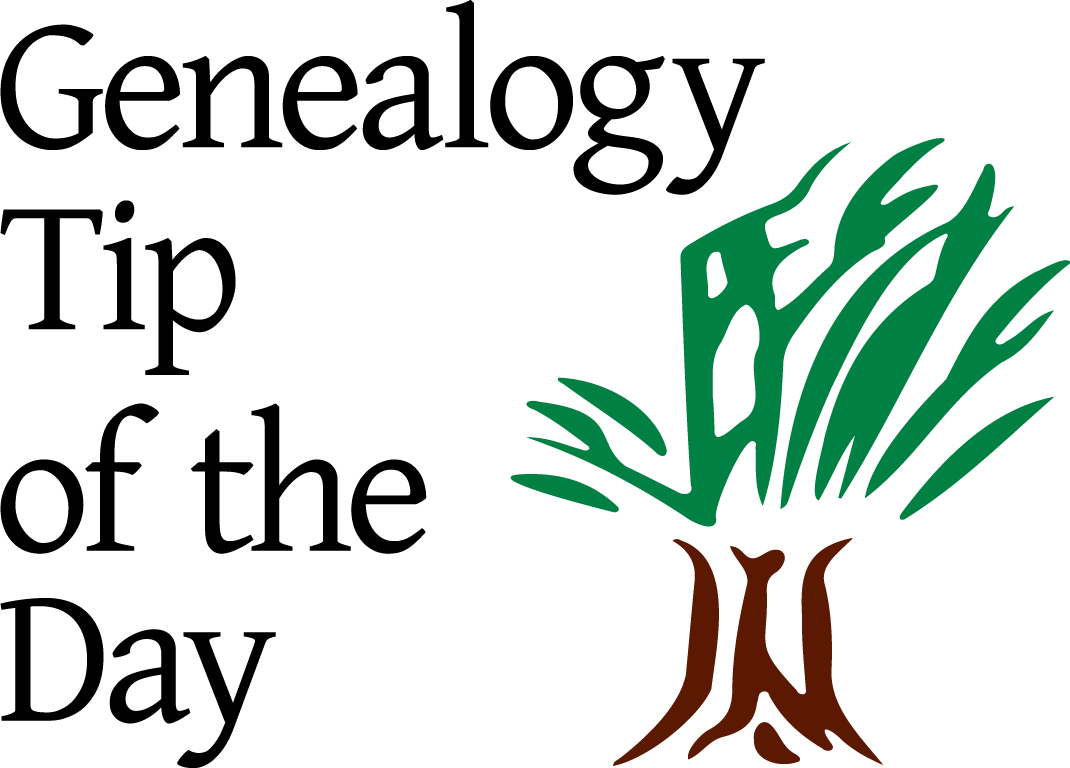
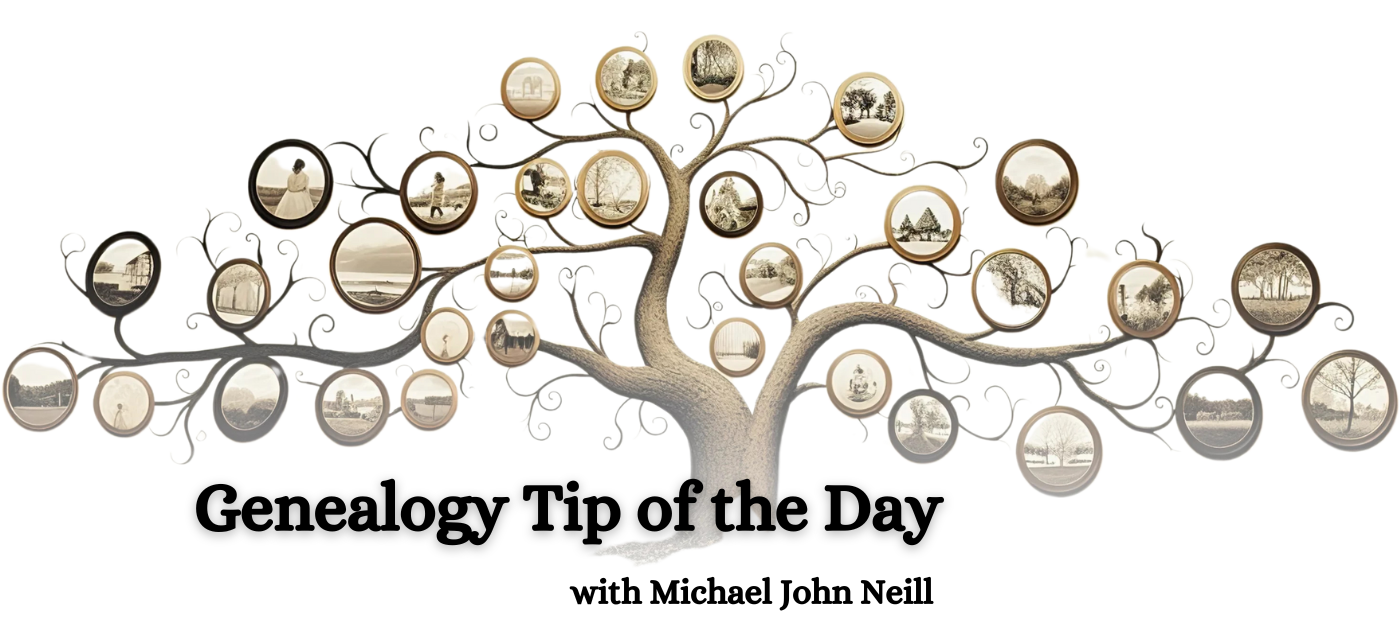
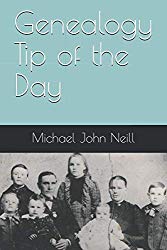
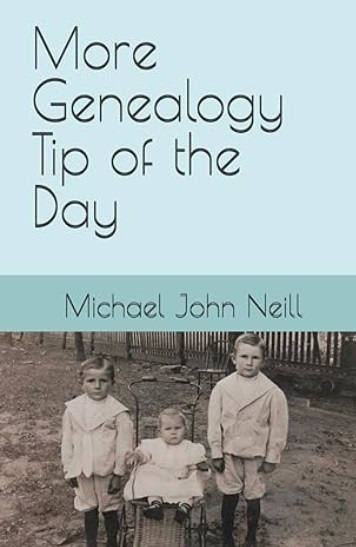


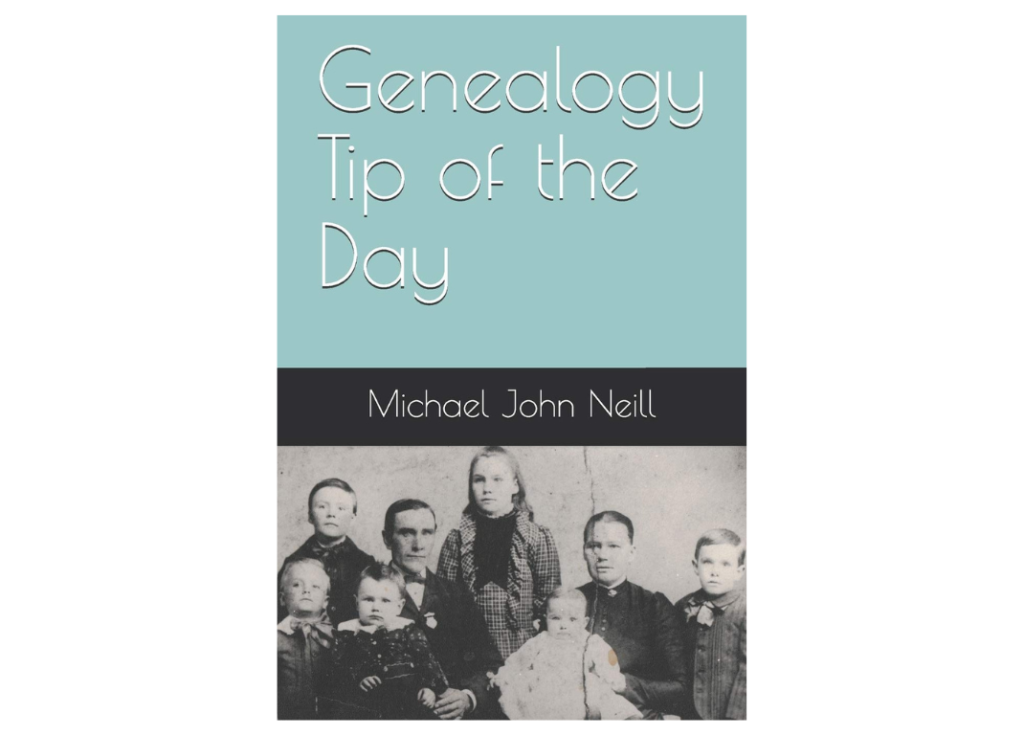
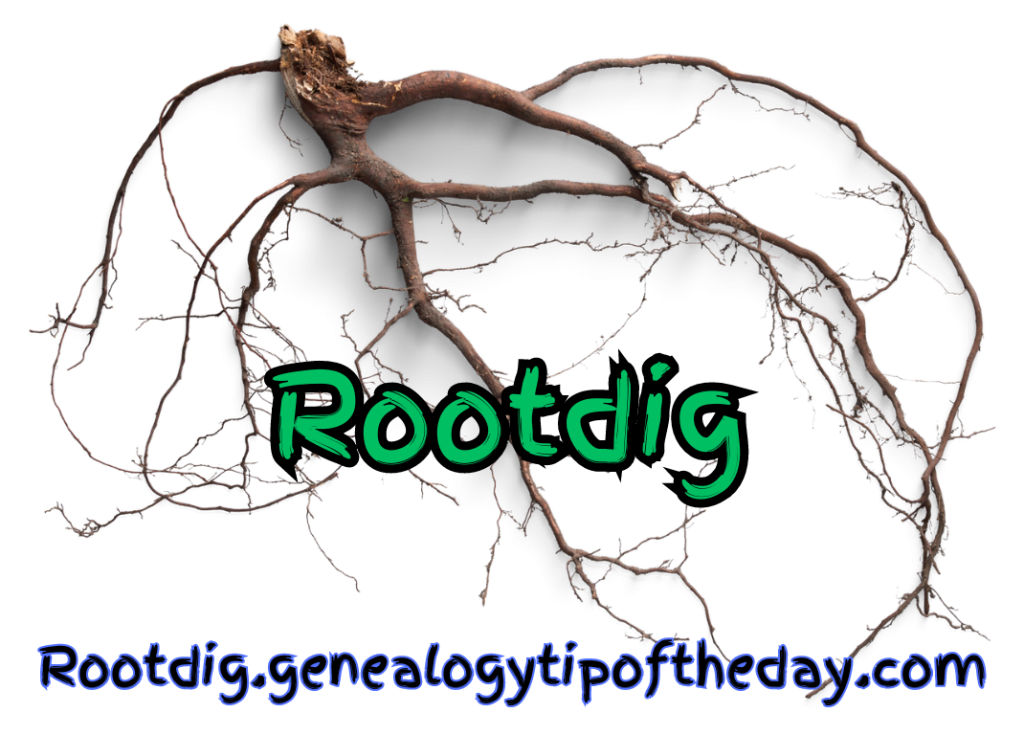

Recent Comments